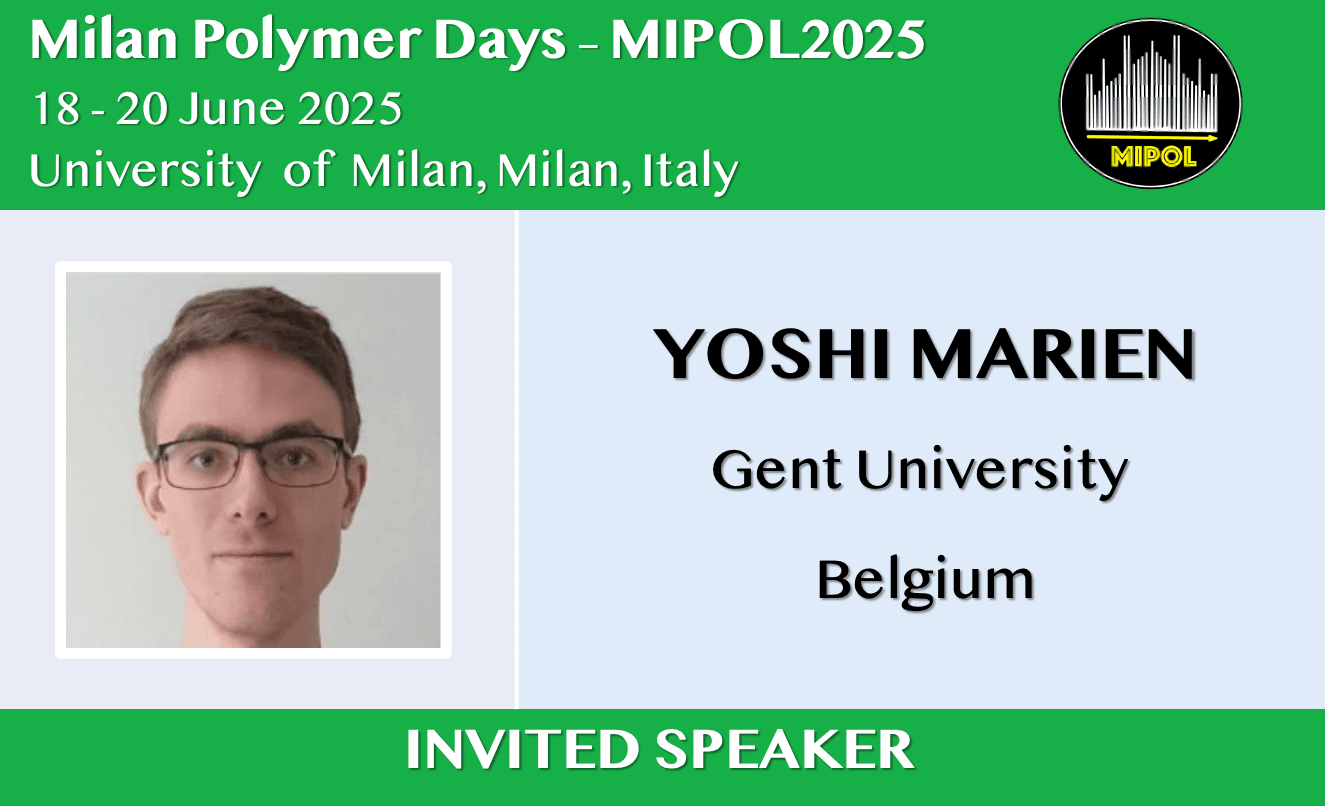The strength of multi-scale in silico tools for polymer design and recycling
Abstract

While polymers are a crucial part of our everyday life already for many years, continuous efforts are dedicated to the design of polymeric materials with improved properties and/or recyclability. In this respect, the combination of experimental design strategies and multi-scale modeling tools is recommended. The strength of advanced multi-scale in silico tools is that they allow to map many competing phenomena across different length and time scales and to screen complex design protocols, provided that the models are based on dedicated parameter tuning. Ideally, one uses a multi-scale model that predicts physicochemical phenomena at (i) the micro-scale (scale of chemical reactions, concentrations, and diffusivities), (ii) the morphological or meso-scale (scale of particles, phases and interfaces), and (iii) the reactor or macro-scale (industrial implementation scale). These scales interact via transfer of mass, momentum and energy, which is accounted for in a multi-scale model via appropriate mass, momentum and energy balances per phase. Model parameters follow from dedicated experiments, first under lab-scale bulk/solution conditions allowing the determination of micro-scale parameters and in a second step under multi-phase conditions allowing to obtain the remaining larger scale parameters.
In this contribution, the strength of multi-scale in silico modeling is demonstrated via case studies on (i) the production of high-impact engineering composites [1, 2], (ii) polymer modification via free radical induced grafting and crosslinking [3, 4], and (iii) depolymerization processes aiming at monomer recovery [5, 6]. Special attention is given to upgrading single-phase models for batch processes to (i) multiphase models and (ii) models for (reactive) extrusion processes, which allows to predict the impact of morphological and residence time distribution variations on the make-up of individual macromolecule
References
- Y. W. Marien, M. Zhou, M. Edeleva, D. R. D'hooge Appl. Res. 2024, e202400048.
- F. L. Figueira, P. Reyes, M. Edeleva, Y. W. Marien, Y.-Y. Wu, Y.-N. Zhou, Z.-H. Luo, P. H. M. Van Steenberge, D. R. D'hooge Chem. Eng. J. 2024, 481, 148349.
- K. De Smit, M. Edeleva, A. D. Trigilio, Y. W. Marien, P. H. M. Van Steenberge, D. R. D'hooge React. Chem. Eng. 2023, 8, 563.
- K. De Smit, Y. W. Marien, P. H. M. Van Steenberge, D. R. D'hooge, M. Edeleva React. Chem. Eng. 2023, 8, 1598.
- E. K. C. Moens, Y. W. Marien, F. L. Figueira, A. D. Trigilio, K. De Smit, K. M. Van Geem, P. H. M. Van Steenberge, D. R. D'hooge Chem. Eng. J. 2023, 475, 146105.
- K. De Smit, Y. W. Marien, K. M. Van Geem, P. H. M. Van Steenberge, D. R. D'hooge React. Chem. Eng. 2020, 5, 1909.
Acknowledgments
Y.W.M. acknowledges financial support from FWO Vlaanderen (12B3Y24N).